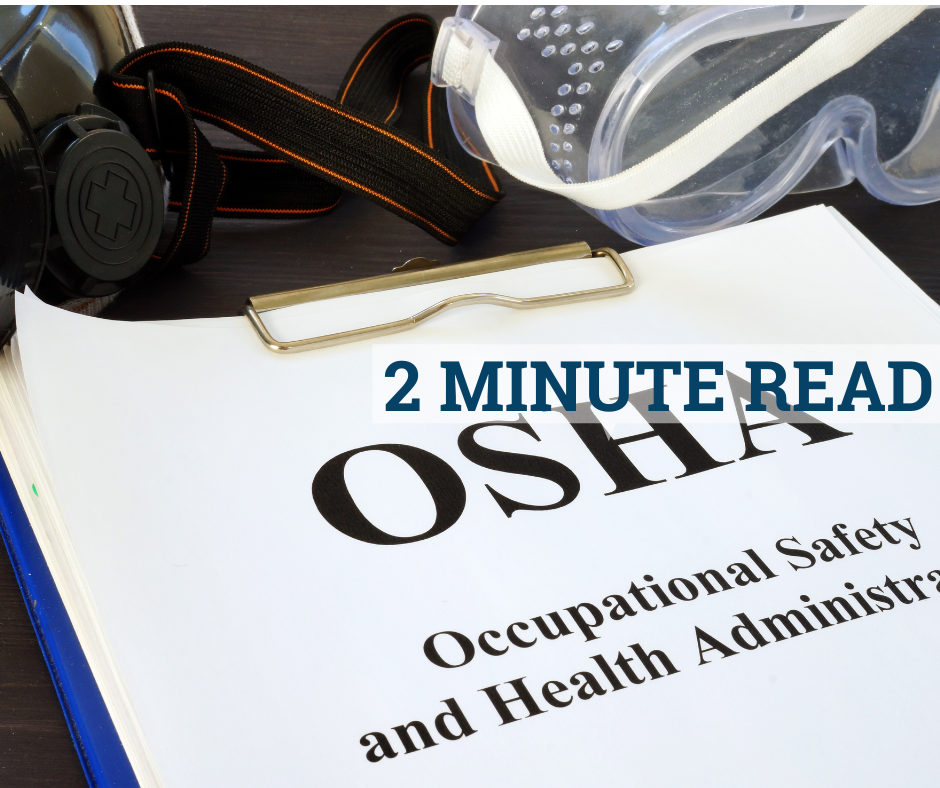
The Occupational Safety and Health Administration (OSHA) has sent its proposed walkaround rule to the White House for final approval. This sparked a contentious debate about the rule's potential impact on workplace inspections and the involvement of third parties, including union members, in these inspections. This move has drawn both support and criticism from various stakeholders, setting the stage for a heated discussion on the future of workplace safety regulations in the U.S.
The Proposed Rule
The proposed walkaround rule aims to expand the participation of third parties, such as union members, in OSHA inspections. Under the current regulation, walkaround representatives must be employees. However, the new rule would grant OSHA inspectors the authority to determine whether a third party, including a labor union member, should be allowed to participate in the walkaround.
According to the proposal, the rule would permit “a multitude of third parties” to serve as representatives authorized by employees for the purpose of OSHA walkaround inspections. This could include worker advocacy organizations, labor organization representatives, consultants, or attorneys with relevant experience interacting with government officials.
Legal And Political Implications
The proposed rule has raised concerns among lawmakers and legal experts. House Education and the Workforce Chairwoman Virginia Foxx expressed apprehension about the potential legal challenges the new rule might create. She warned that the lack of clear guidance on how judgment calls are made could introduce uncertainty and weaken the existing walkaround rule for political gain.
This issue is further underscored by the fact that the Obama administration previously implemented a similar rule, but it was rescinded by the Trump administration. Some speculate that the proposed rule may face legal challenges because it appears to align with pro-union policies.
Impact On Workplace Dynamics
One of the key points surrounding the proposed rule is its potential impact on workplace dynamics. Proponents argue it could open opportunities for promoting union organizing and provide unions access to unrepresented employees at their worksites. However, opponents fear the rule, if finalized, may undermine employer rights and lead to a proliferation of third-party involvement in inspections, potentially complicating the process for employers.
How A PEO Can Help
In this environment of evolving workplace regulations and heightened scrutiny of workplace safety, small business owners face increasing complexity in navigating compliance requirements while maintaining operational efficiency. So, let us introduce you to the world of a professional employer organization (PEO). Partnering with GMS, a PEO, you’re provided with expertise in HR management, regulatory compliance, and safety protocols. This allows business owners to stay on top of changing regulations, enhance workplace safety, and streamline their operations, allowing them to focus on their core business functions. Our safety experts are here for you every step of the way. Contact us today!